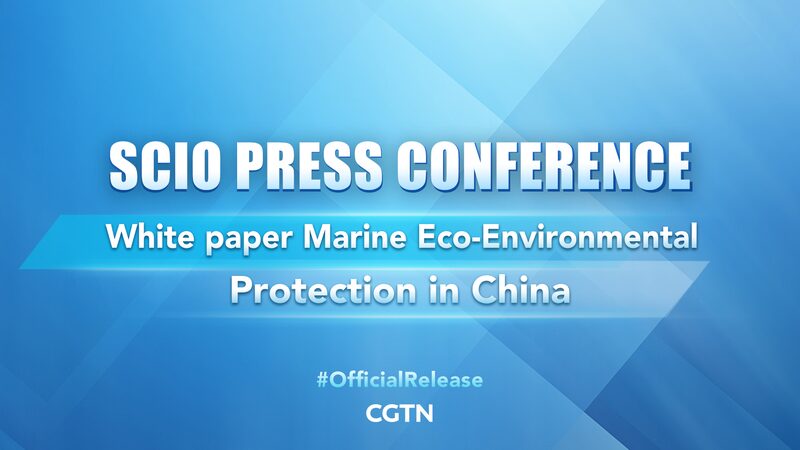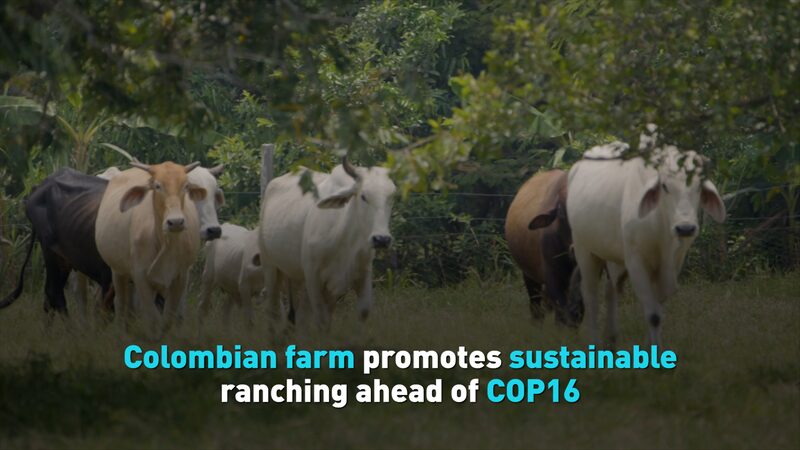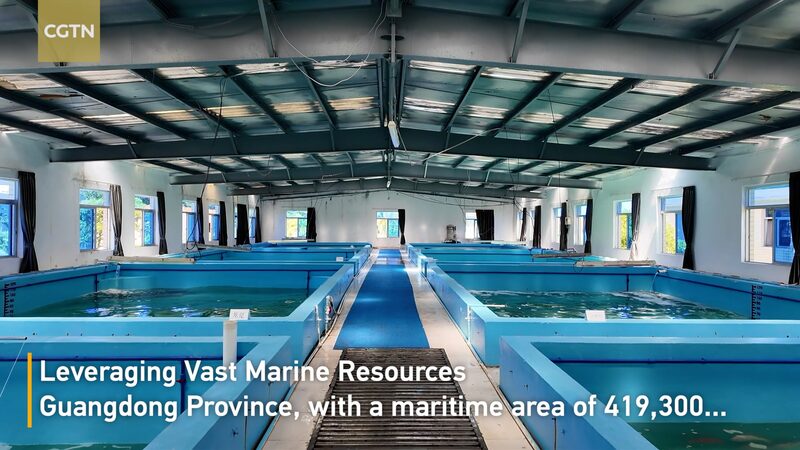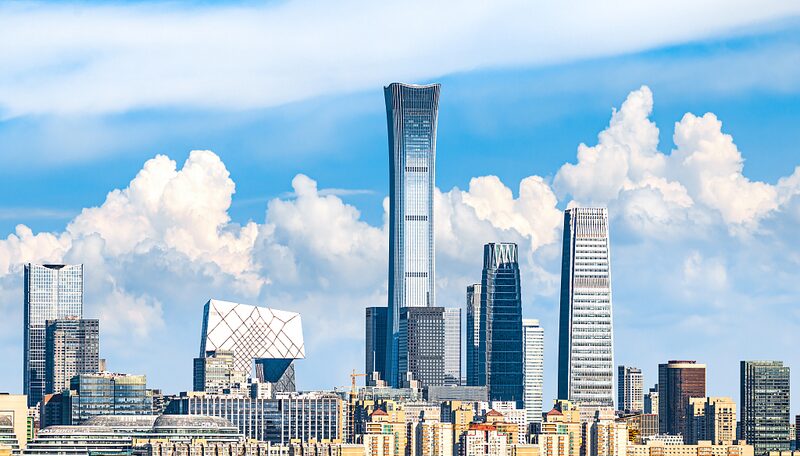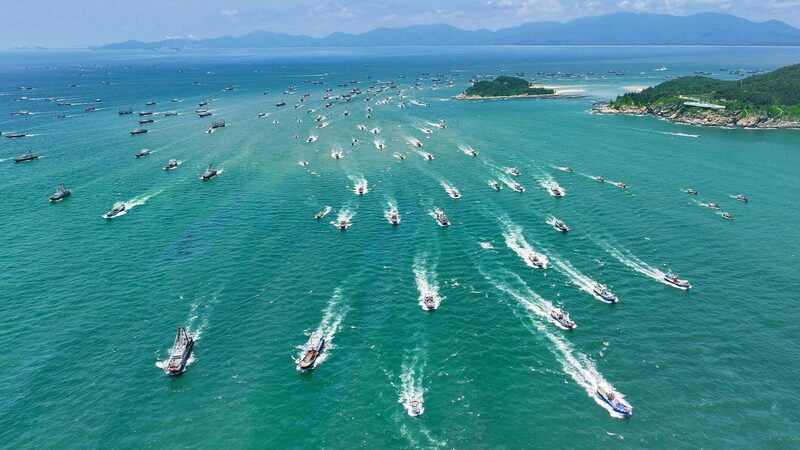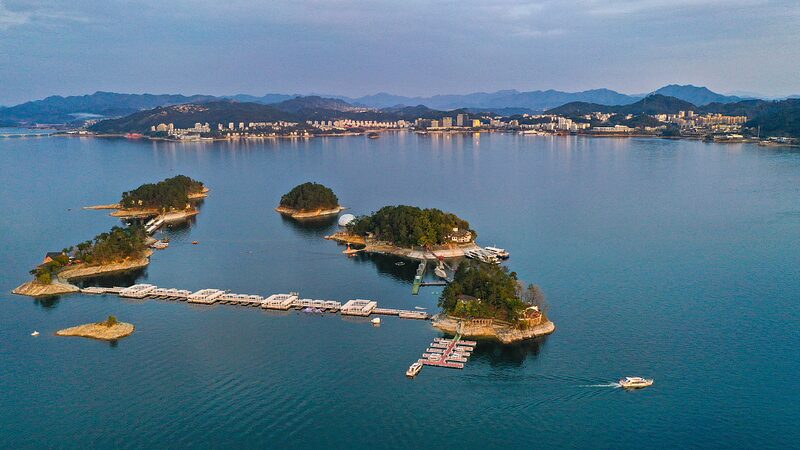China, the world’s largest producer of aquatic products, is making significant strides in deep-sea aquaculture to address environmental pressures and ensure national food security. With over 71 million tonnes of aquatic products produced in 2023, China’s fishery industry has experienced rapid growth over the past three decades.
However, this boom has led to saturation of inland lakes, ponds, and coastal areas, while marine fishing resources are nearing depletion. In response, China is expanding its fishery production space by developing the marine ranching industry and promoting deep-sea aquaculture.
In 2017, China played a pivotal role in the completion of “Ocean Farm 1,” the world’s first large-scale deep-sea aquaculture platform developed by Norway. This innovative platform expands marine aquaculture to depths of 300 meters and garnered global attention upon its debut.
The Norwegian approach to fisheries has influenced Chinese policies. In 2019, ten ministries issued the “Several Opinions on Accelerating the Green Development of the Aquaculture Industry,” advocating for green deep-sea aquaculture and the construction of large-scale intelligent platforms.
Continuing this momentum, in June 2023, eight ministries, including the Ministry of Agriculture and Rural Affairs, released the “Opinions on Accelerating the Development of Deep-sea Aquaculture.” This document emphasizes accelerating the development of deep-sea aquaculture throughout the industry chain, focusing on key areas and critical links.
Most recently, in October 2023, the State Council issued the white paper “Development of China’s Distant-Water Fisheries,” outlining China’s development concepts, principles, policies, and achievements in distant-water fisheries.
These initiatives reflect China’s commitment to sustainable fisheries and the building of an ocean community with a shared future, highlighting the importance of international cooperation and innovation in addressing global food security challenges.
Reference(s):
Promoting the building of an ocean community of shared future
cgtn.com
